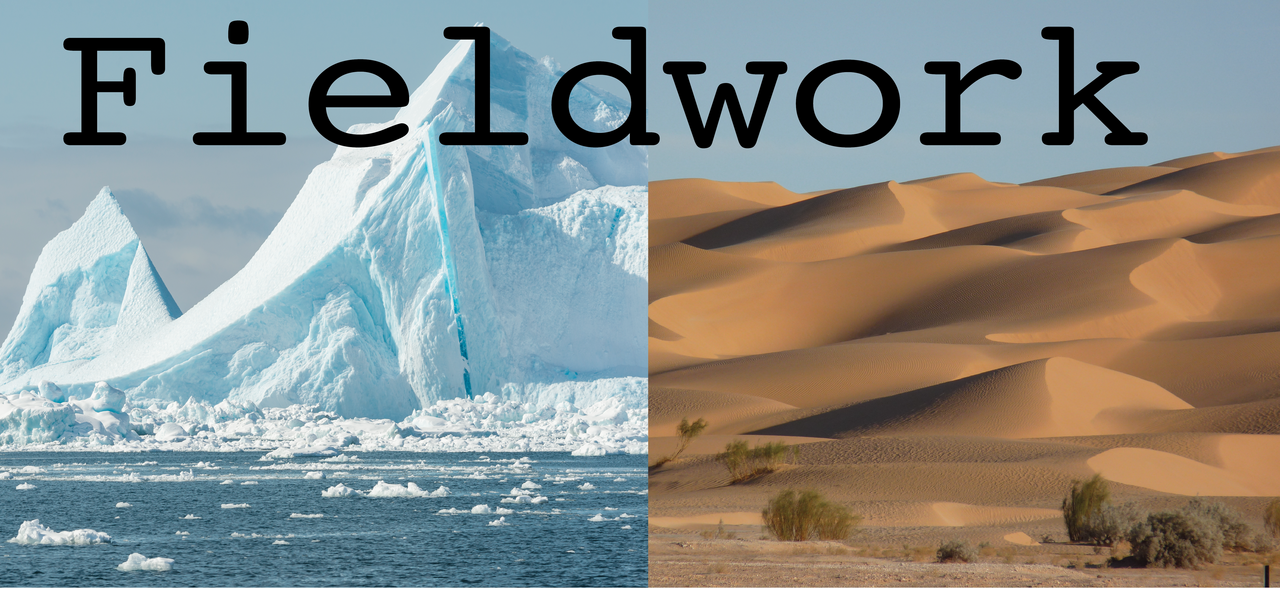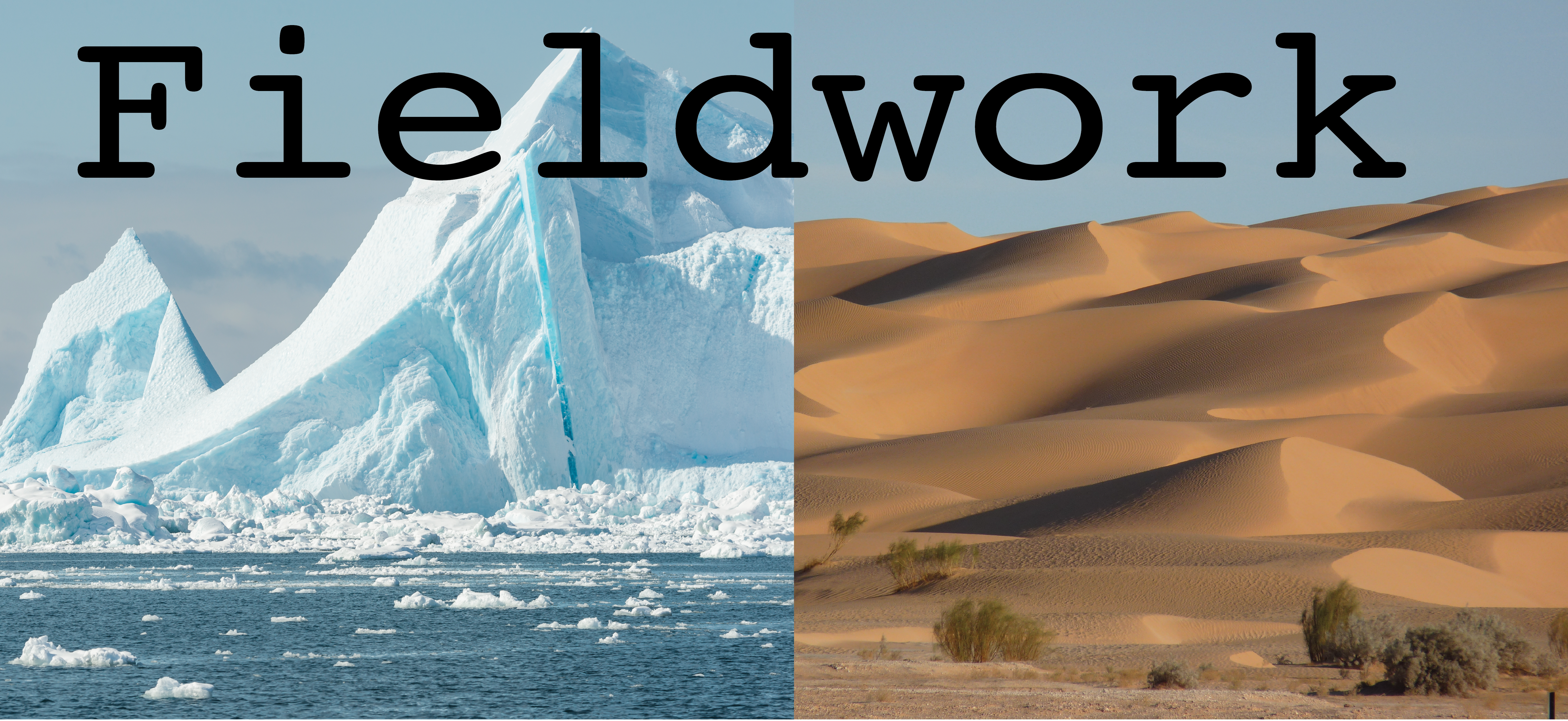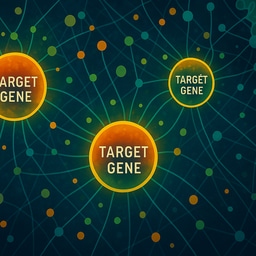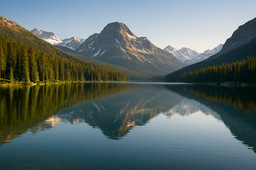Their science takes them outside
Published in Earth & Environment, Ecology & Evolution, and Arts & Humanities

Fieldwork is built into many research endeavors and I interviewed several women on this subject: Maria Papadimitraki, a PhD student at the University of Southern Denmark and Dr. Brenna Hassett, a biological anthropologist and archaeologist at the University of Lancashire in Preston, northwest England.
The story with them in Nature Methods is called When fieldwork calls your name and it's also here. And here is a bit more about what they shared and there's a resource list here, too.
Fieldwork is “much more fun than working in an office all year,” says Brenna Hassett.
“I love working at sea more than anything,” says Maria Papadimitraki.
For them, fieldwork is their passion and an integral part of their science.
Maria Papadimitraki is originally from Greece and came to Denmark to study for her master's degree in oceanography at Technical University of Denmark in Copenhagen. She is now a PhD student at the University of Southern Denmark in Odense in the Danish Center for Hadal Research, HADAL. She focuses on coastal Arctic environments where she studies the photosynthesis of microphytobenthos, which are microalgae that build mats on sediments of the sea. She explores the how underwater light quality shapes benthic photosynthesis.
What matters about studying the Arctic, she says is that it's a kind of gateway that connects major oceans and seas. The Arctic has an important role in regulating the Earth's climate.
Papdimitraki began doing fieldwork in the Arctic in 2020 and has worked on many research vessels since then, not just in the Arctic. And she has worked in research stations, too.
During one of the cruises, she and the team crossed from Denmark to Greenland sailing through the Atlantic. They did research in West Greenland, Baffin bay, Davis Strait and the Labrador Sea. In another cruise, they crossed through the Central Arctic, from Norway to East Siberian Sea and back.
When most people picture the Arctic, they imagine an endless field of white pack ice. In reality, the scene is far more colorful… vibrant colors appear in the cracks of the ice, the midnight sun paints the sky red and merges with the blue ocean. The sound of ice splitting with immense force left me in awe. A moment from my first visit that I will never forget.
Being on a research vessel means you are always on the run, she says. There is heavy equipment to carry and one has to be ready to work through the night if needed. It's not that one is forced to do so but "I really wanted to get as much data as possible during that time for my project, and it was totally worth it."
She tells an anecdote in the story that I won't divulge here, let's just say it involves an urgent alert, a polar bar and a quick evacuation. The weather can change quickly in the Arctic and one has to remain aware at all times polar bears and sudden snow blizzards.
Feeling cold is part of working in the Arctic. When she feels cold, she imagines Antarctic explorer Ernest Shackleton's face "reminding me that my discomfort was nothing compared to what one could truly face stranded in the polar wilderness."
What fasinates her about fieldwork is being completely isolated from modern life, although one might have a basic internet connection. Many locations are ones where tourism has not arrived, at least not yet. " I personally enjoy mostly the freedom and greatness of the sea. I am a sailor myself and a musician in my free time, so I combine my scientific curiosity with the love of the marine environment – always with respect to its greatness – together with the romantism that Arctic environments and the ocean can offer," says Papadimitraki.
She adores gazing into the vast horizon, or at immense fjord mountains. It's a change to reflect on your life, choices made. It where one can "escape from everyday madness of social media and AI-based world, which keeps people trapped in their own box and forget sometimes to appreciate and respect nature." The Arctic faces threats mainly from human exploitation
"People get emotional when they see Amazon rainforest getting burnt, but changes in the ocean that can not be seen with our own eyes," she says.
It's the duty of scientists not only to investigate the ocean for publishing scientific articles, to spread the word to the public about existing and upcoming climate threats, she says.
Being a woman in all this "is much more inspiring than one can imagine," she says. Work in expeditions, also alone, she has found there is nothing a women cannot do because of body strength. It makes teamwork essential.
When working outside as a woman scientist, issues crop up.
Kathryn Clancy from the University of Illinois, Urbana-Champaign, Robin Nelson of Skidmore College, Julienne Rutherford of the University of Illinois, Chicago and Katie Hinde from Harvard University asked field scientists about their experiences. Women were the majority of respondents. The paper is here. They asked questions such as:
Do Sexual Harassment and Assault Happen at Research Field Sites?
A majority (64%, N= 423/658) of all survey respondents, stated that they had personally experienced sexual harassment: i.e. inappropriate or sexual remarks, comments about physical beauty, cognitive sex differences, or other such jokes. Over 20% of respondents reported that they had personally experienced sexual assault: i.e. physical sexual harassment, unwanted sexual contact, or sexual contact in which they could not or did not give consent, or felt it would be unsafe to fight back or not give consent (N = 140/644, 21.7%).
The authors point out that adopting principles of community, role-modeling and embracing the collective action of support and respect "can generate the culture change needed to prevent perpetrators from harassing and assaulting our most vulnerable colleagues – our trainees."
Supervisors are the primary determinants of workplace culture. Therefore, principal investigators have the greatest power and responsibility to steward field sites that foster worker wellbeing and thus promote productivity and retention of junior scientists.
Dr. Brenna Hasssett, one of the founders of TrowelBlazers, says the four founders --early career researchers --met through Twitter (now X) and were angry about the lack of women in archaeology.
At the time, their affiliations were Brenna Hassett: University of Central Lancashire, Dr. Rebecca Wragg Sykes: University of LIverpool and Cambridge University; Dr. Suzanne Pilaar Birch: University of Georgia Athens and Dr. Victoria Herridge, University of Sheffield. In terms of academic research, Hassett's expertise, along with those of Suzanne Pilaar Birch and Rebecca Wragg Sykes leans toward archaeology and it's palaeontology for Victoria Herridge.
They began collecting stories of women scientists who seem to not be known and it all snowballed into many sharing their experiences. It became, as she points out in an essay, TrowelBlazers as a Noun and a Verb
...an academic and activist role to understanding why these histories played out the way they did, and to identifying what are common trends and what are factors that are still affecting attraction, retention, and the recognition of women in the digging sciences. Our role has morphed from being collectors of interesting stories to a group of people who would like to do something about the fact that these are all stories of women who have not been recognised, and that this is a trend that continues to the present day.
Says Hassett "In the 1920s there were quite a few all-female expeditions, notably Great Zimbabwe and Mount Carmel, but plenty of women just happily got on with things. Gertrude Bell, who was less a traditional archaeologist and more of a diplomatic force, travelled with a full Edwardian dinner service."
"While I think there is nothing at all inherently more challenging for women in the field, it is true that attitudes that assume a ‘typical’ fieldworker to be male are really unhelpful," says Hassett. Lack of provision onsite for menstruating fieldworkers, for instance, has been a major issue for the terrific Seeing Red campaign. Findings of sexual harassment and other sex-based discrimination are of course sadly not extinct, as the work by Kate Clancy has shown, she says.
TrowelBlazers hosted a Tumblr of women digging in response to the Turkish president commenting that women can't dig, and took part in general social media campaigns on both topics and other campaigns. "This all happened largely on Twitter, which we no longer use," she says.
One of the reasons, she says, for having a Tumblr of women digging images "was to counter the idea of fieldwork being so extreme that it would be dangerous or out of the ordinary to do."
Over time, slow recognition of projects such as theirshas happened the term TrowelBlazer" itself has been taken up and she sees "general integration of some of our core messages and findings in the departments and institutions that deal with the ‘digging’ sciences – yes that’s archaeology, geology, and palaeontology represented. "
I personally have been pulled off of a project because the director felt it was unsafe for a girl; that was 25 years ago and I am still quite annoyed by it, she says. It also meant the loss of the honour's thesis that was dependent on it. In retrospect it was perhaps not an ideal situation for any solo traveller, but, she says, I’m not sure it was necessary, even in the ancient days at the turn of the millenium, to deprive students of field experiences because of their gender.
I feel very strongly that it is the responsibility of researchers to make sure that opportunities to do fieldwork and have these kinds of experiences are not limited by gender, or indeed by any other part of their identity, says Hassett.
Note: if you know of other resources you would like to see listed here, please comment on this blog post.
Some resources:
The Network of Women Doing Fieldwork (NWDF)
Founded by Brenna Hassett, Tori Herridge, Suzanne Pilaar Birch and Rebecca Wragg Sykes this organization and its site is "dedicated to highlighting the contributions of women in the ‘digging’ sciences: archaeology, geology, and palaeontology, and to outreach activities aimed at encouraging participation, especially from under-represented minorities.
Women in Oceanography: a short film from the Smithsonian Museum of Natural History
Some reading material
The Guardian
Trowel blazers: women have been digging geosciences longer than you think
Pregnant in the field. Have trowel, will travel.
Hassett, B., Herridge, V., Wragg Sykes, R. and Pilaar Birch, S. 2018. ‘TrowelBlazers: Accidentally crowdsourcing an archive of women in archaeology’, in V. Apaydin (ed.) Shared Knowledge, shared power: Engaging local and indigenous heritage. Cham: Springer, 129–141.
Hassett, B., Herridge, V.L., Wragg Sykes, R. and Pilaar Birch, S. 2019. ‘Activism from the archives: Changing narratives to engage new communities’, in J.H. Jameson and S. Musteaţă (eds) Transforming heritage practice in the 21st century: Contributions from community archaeology. Cham: Springer, 399–413.
Hassett, B., Herridge, V.L., Wragg Sykes, R. and Pilaar Birch, S.E. 2023. ‘No pay, low pay, and unequal pay: The TrowelBlazers perspective on the history of women in archaeology’, in S.L. López Varela (ed.) Women in archaeology: Intersectionalities in practice worldwide. Cham: Springer International Publishing, 381–398.
McGuire KL, Primack RB, Losos EC (2012) Dramatic improvements and persistent challenges for women ecologists. BioScience 62: 189–196.

(Left: Credit/Source:Getty Images/Johner RFPhotographer / artist: Johner Images,Mikael Svensson; Right: Credits/Sources:Getty ImagesPhotographer / artist:in salah. Compilation: vm)



Please sign in or register for FREE
If you are a registered user on Research Communities by Springer Nature, please sign in